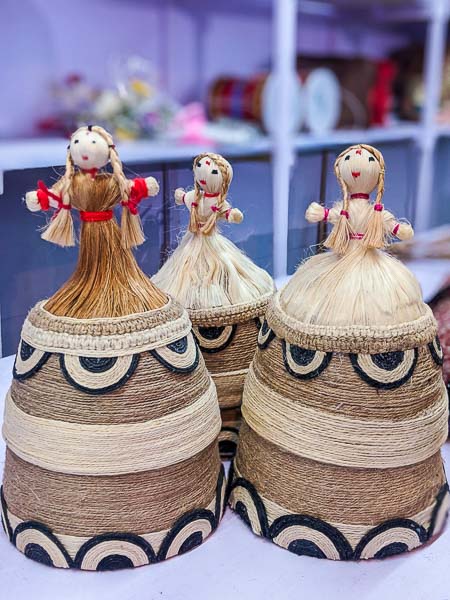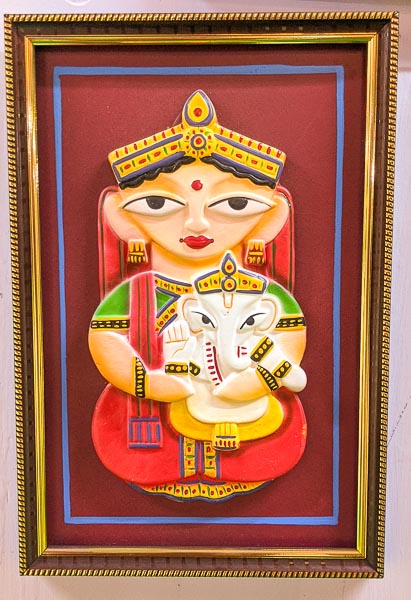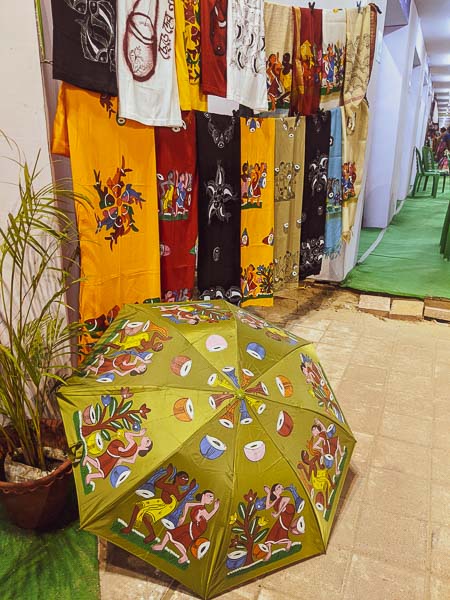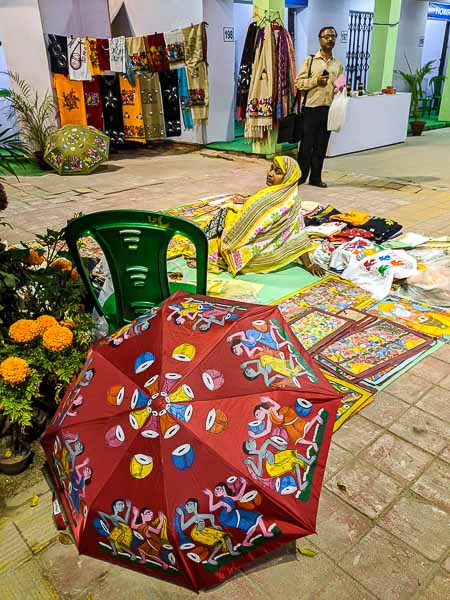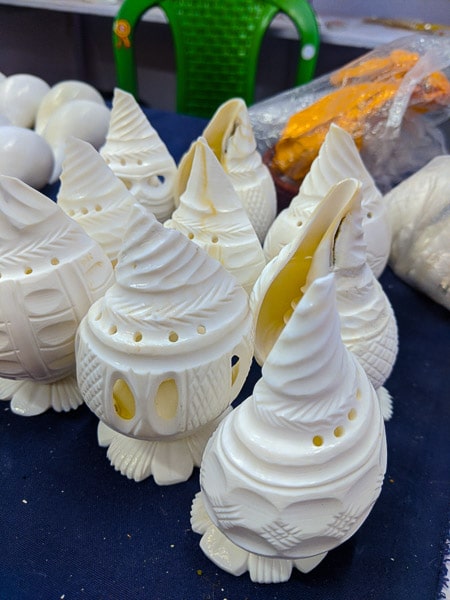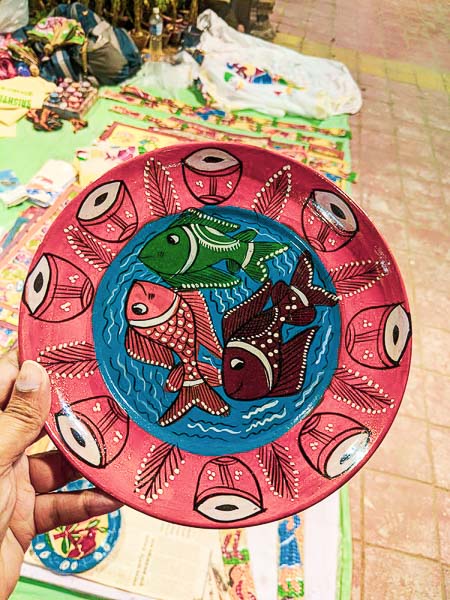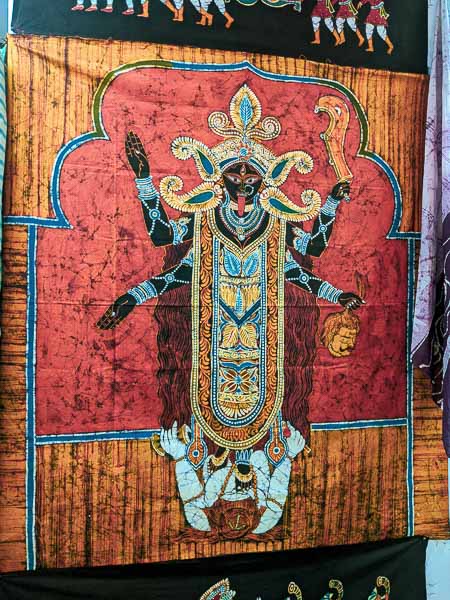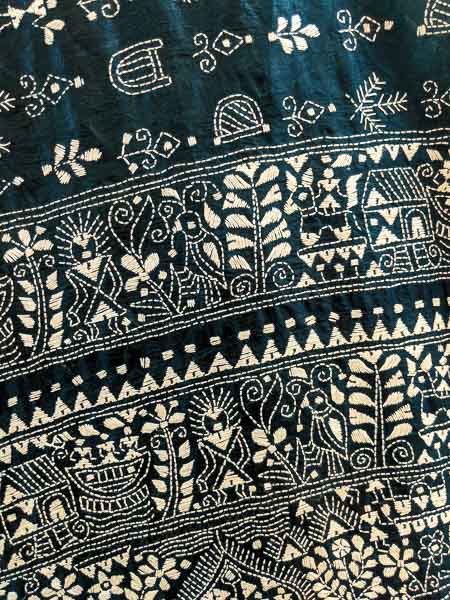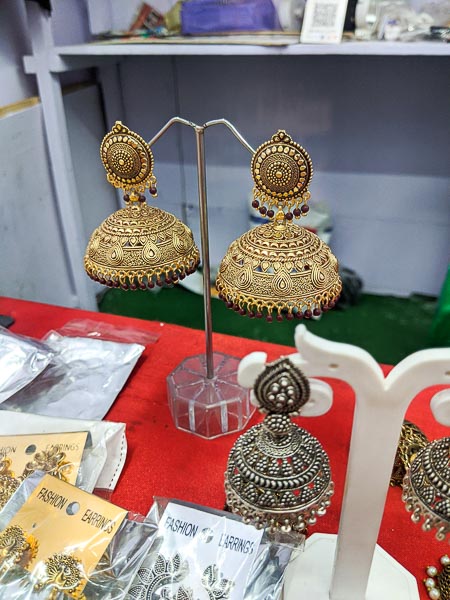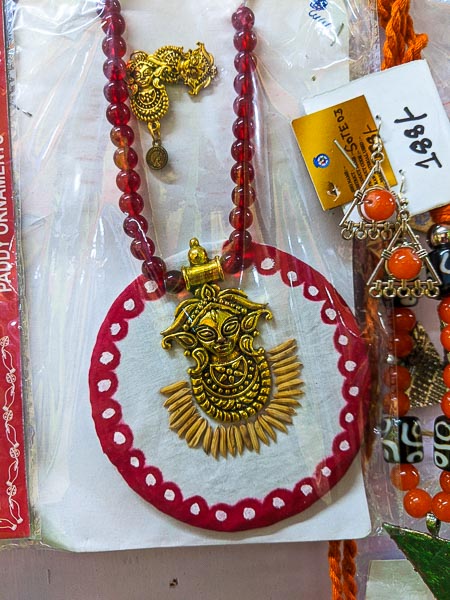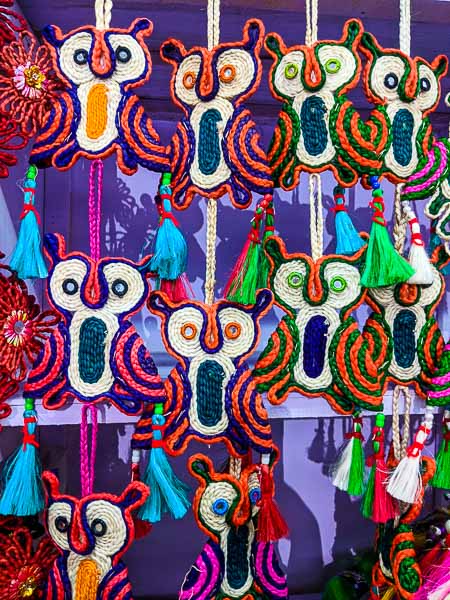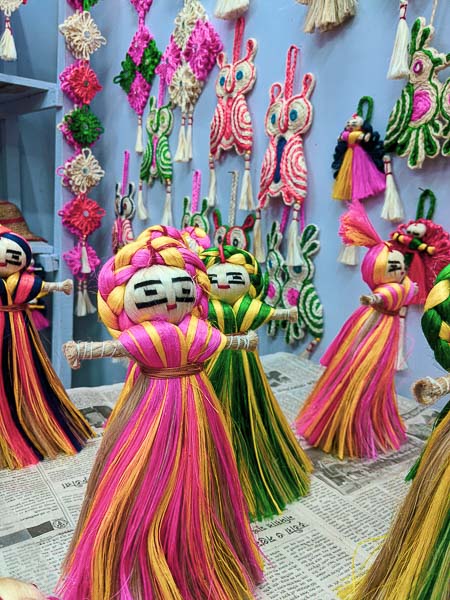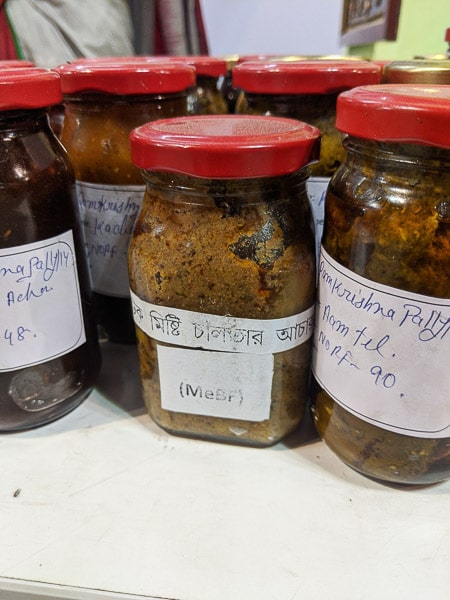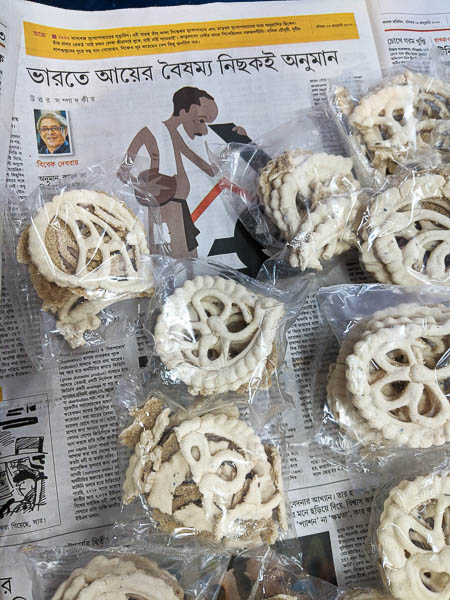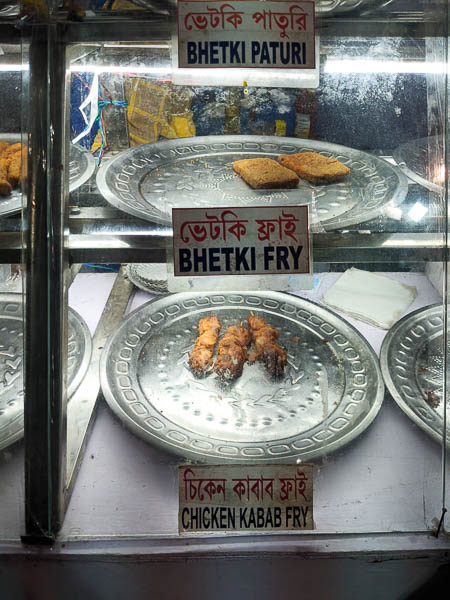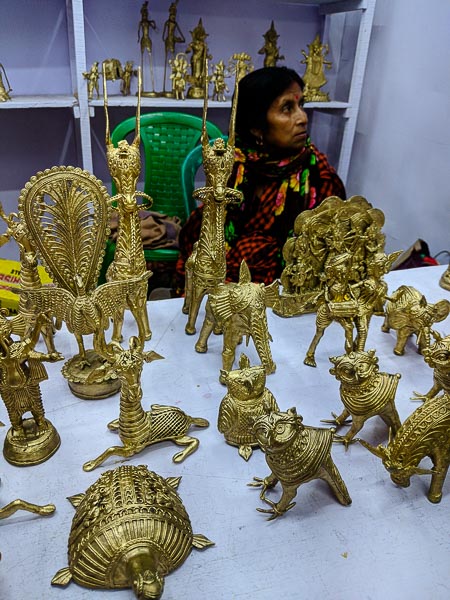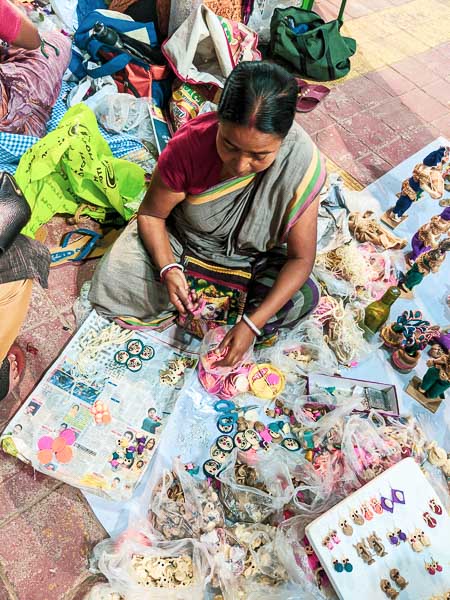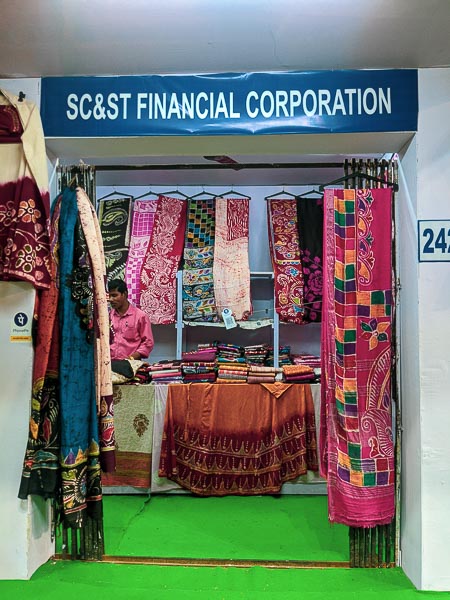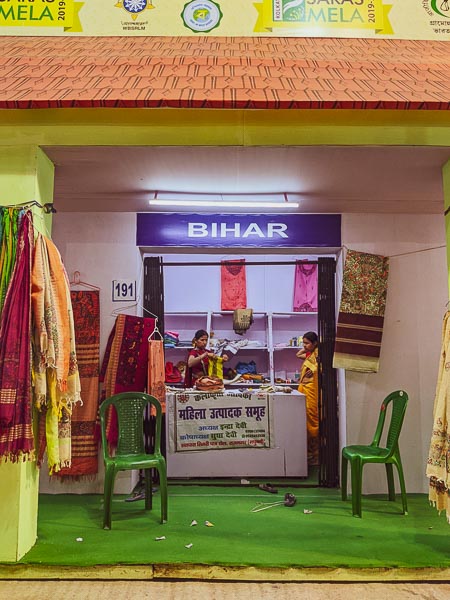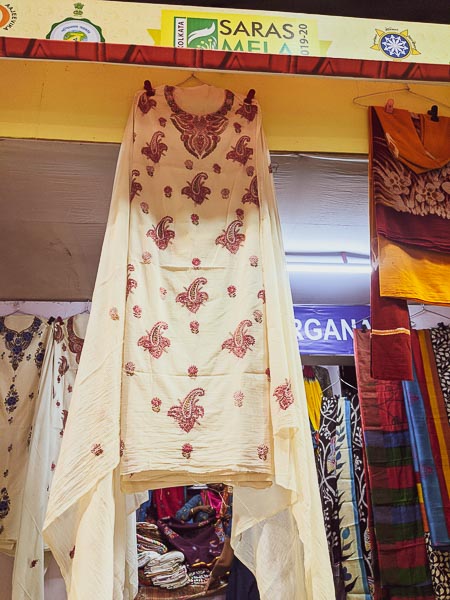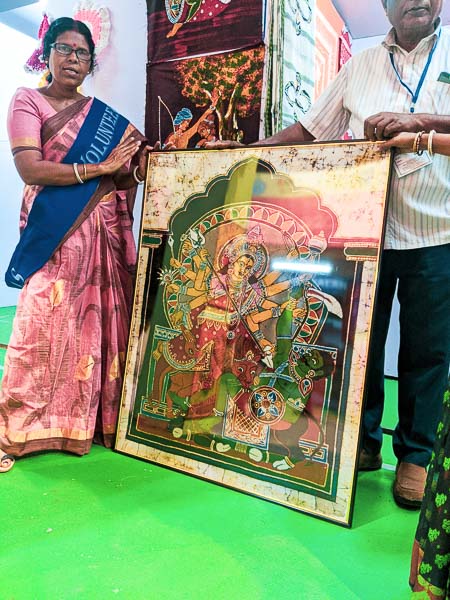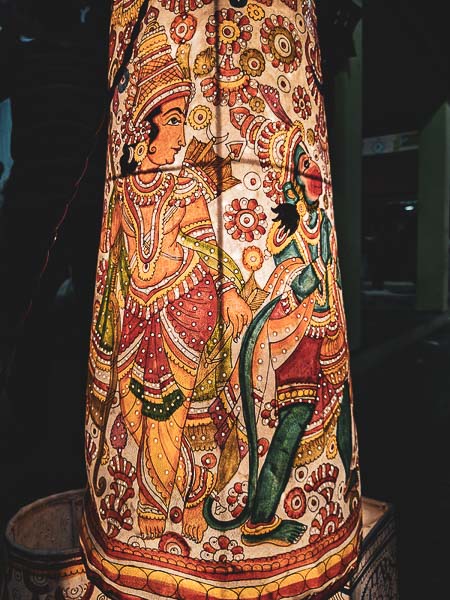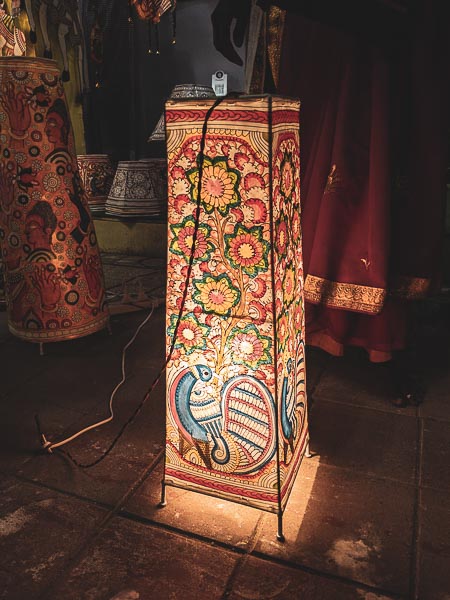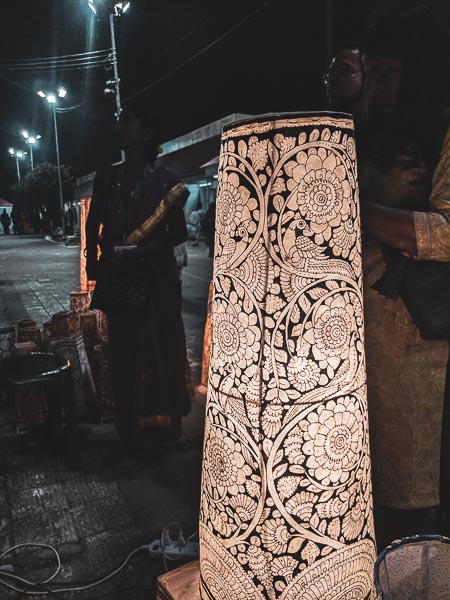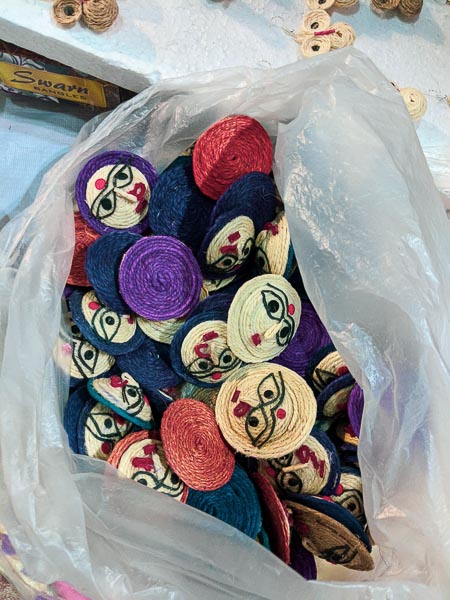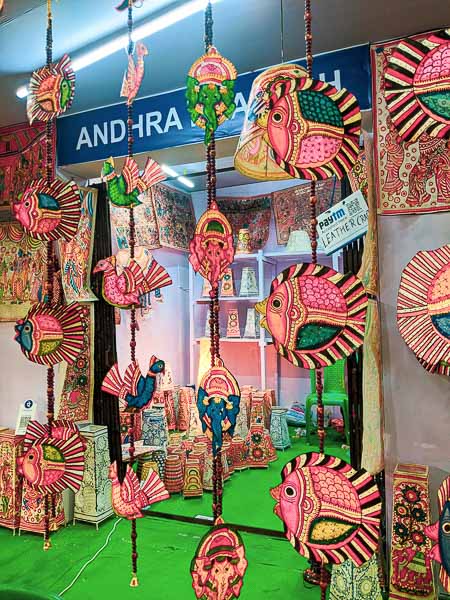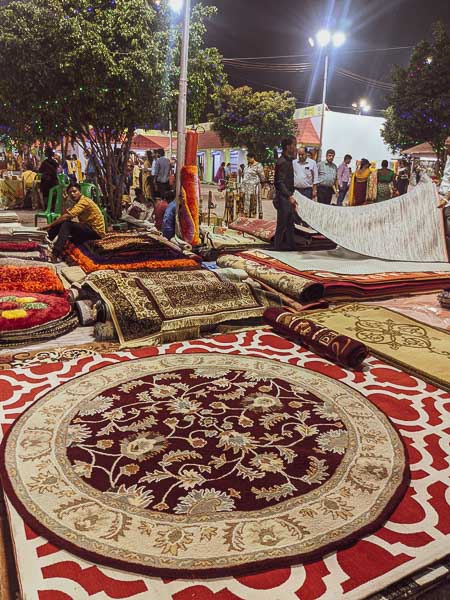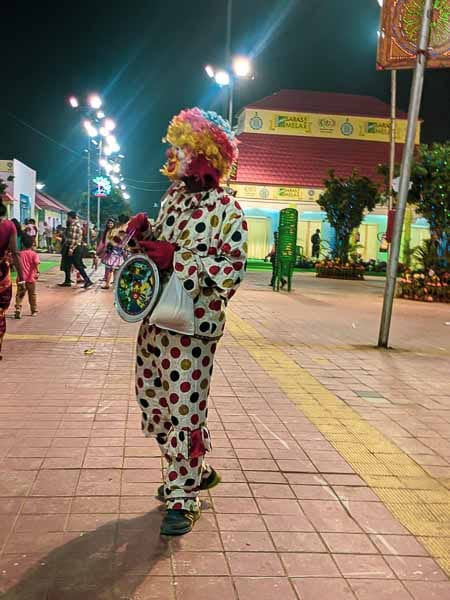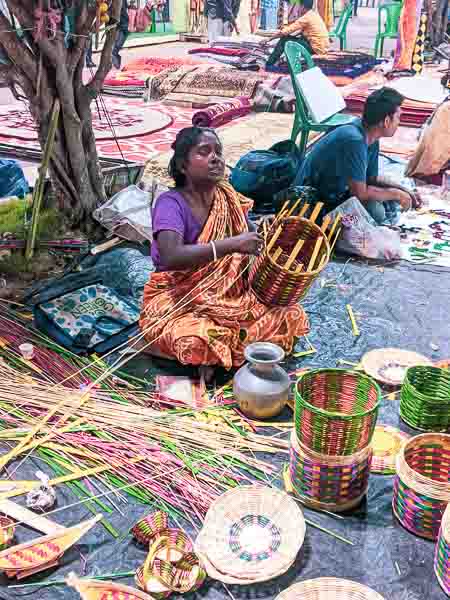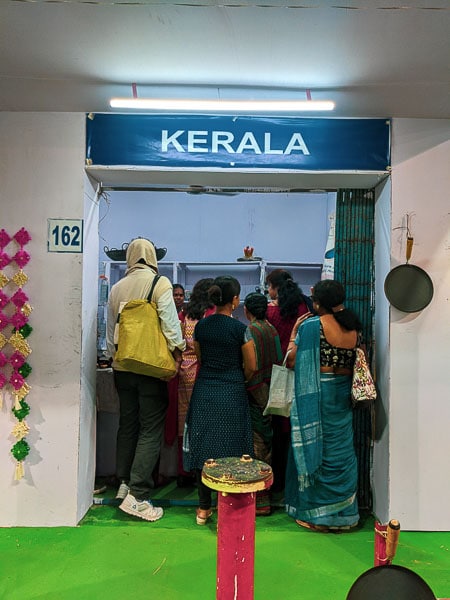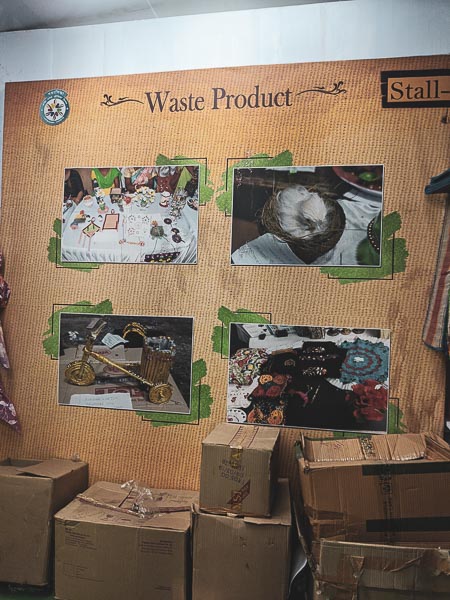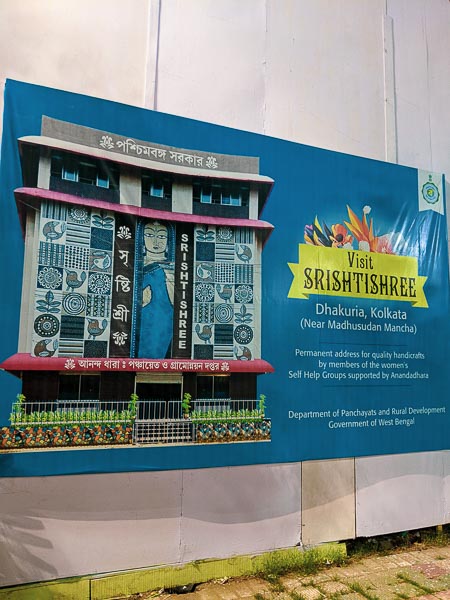About this blog: Indian folk art is not just sustainable, they are ecologically made out of scraps and take unforeseen aesthetic shapes. often times, they are the yield of a thriving cottage industry. Women folks of a village make them in their lone time, in between household chores and performing mammoth other responsibilities, which range from rearing children to tending to cows.
It is heartening to see government endeavor taking small steps to bridge the gap between urban and rural life and bringing these charming art work to mainstream consumer world. Saras Mela is just one example of such art fair. Sabala Mela, Hasta Shilpa Mela and other Mela (fairs) are similar example in Bengal. In Delhi, you have a number of mela held at Pragati Maidan. In Bangalore, you have Santhe! If local markets and culture are what intrigues you, You will fall in love with these fairs instantaneously.
The Joyous Spring and Evening Fairs of Kolkata
It is the wee end of winter. A pleasant nip in the air makes the cuckoo insane in pursuit of love.
Kolkata, my love of life, has decked up in big banners on the main roads. An artist’s fingers brush a pottery. Vibrant hues of yellow shines under the neon light. There is a remnant of a Chapa Saree print in the picture, denoting the artist is a female.
Lo and behold, that is the birth of Bengal’s iconic handicraft.
There was a time, I used to live in Kolkata. A student, I would spent lion’s share of my pocket money on food and books, both found aplenty at College Street. The annual book fair would be held at Maidan. It used to coincide with my birthday, so that would be a treat!
The city evolved with time. The bypass emerged as a new hot-spot for all the Mela enthusiast with Milan Mela being set up as a full time fair field with multiple cemented stalls. Gone are the days of makeshift stalls with Pandal and jute sheets.
Now that I go back home, I find new quirks everywhere. Milan Mela was an obvious success. Now Central park at Karunamayee, Salt Lake has stepped in to en-cash the novelty of these Melas.
As luck would have it, I visited Saras Mela at Salt Lake on its last day. In fact that was the last day of the last Mela of the season.
Also read: the Bankura horses: an enigma!
Doll made of jute which also doubles as delicate storage boxes. A painting of Durga with Ganesh inspired by Jamini Ray. From Murshidabad to Birbhum, respectively.
Did you know? “Write an essay on a Mela” would be an incumbent part of our question paper til tenth standard. we would begin as “Mela is the Milan Khetra of this society!” A fair is a melting pot! I smile as I write this now! A Bengali pronounces “Myala” and not Mela, mind you!
Also read: Bonedi Barir Durgapuja in Kolkata!
Conch-shell of Bankura is a forgotten art. So is this Kalighater Pot inspired painting on a tin plate. Both painted and carved by women. The seller at the stall was a proud man, ‘My wife knows the best. She created all these. I am just taking care of the stall as she is off for a quick snack.’
Saras Mela: for Everyone by Everyone
From neighboring Bihar to faraway Kerala, sellers came from the furthest corner of the country. I vaguely remember eating Gushtaba as one such fair back in 2012. Back then, Kashmiri stalls were regular. Now is a strange time with vague possibilities.
I pick up a Kashabhu style Salwar piece from the Kerala stall. It is the usual cotton piece in ivory white with intricate details of golden zari work.
The seller does not accept card payment and I have run out of cash. Paytm? No madam!
His wife steps in. She does not speak English, let alone be Bangla or Hindi. Still, we can make out what we want to say. She wants to come with me to the ATM. I agree.
It is 9 at night. We brave through the infamous strays of Salt Lake and cross the islands and reach an HDFC ATM.
She shows me a way out but I have loaded my purse and decide to get back to the fair field again!
Batik and Kantha stitch, two evergreen sewing techniques of Bengal. The Kali figurine on a Batik printed cotton stands as an evergreen addition to a Bengali’s home. In mainstream Bengali culture, Kali commands an all inclusive existence.
The Kantha stitch paints a Bengali village life. The boats, the huts, the parrot. A horse. A Kulo that helps one pick on the best crop. Plenty of greens. This is our life. this black kantha stitch saree was weaved on a Bangalore silk than and costs around INR 5000.
The Chitpur style of delicate jewelry is sold aplenty at the Saras mela. though I still love Hatibagan or Gariahat or New market more for all these!
Also read: 33+ Beautiful beaches in Goa!
Once upon a time, the banks of Hoogly river was dotted with Chotkol, pioneering in jute production. Chot is Jute in Bengali, kol is factory.
The cash corp, despite having minimal ecological effect, could not withstand competition for a number of reasons. Many blame Jyoti Basu. Jyoti Basu lovers point at government at the center.
Nonetheless, the thriving industry has now been reduced to handicraft dolls and wall hangers. My heart pangs as I write this but at least the women of Bengal remembered jute for what it is.
What is a Fair without food?
The village folks conducts large scale experiment with local ingredients. The resultant Achar, relishes, marmalade and Daler Bori: lentil dumplings loaded with spices(Goina Bori: ornamental bori in this case) are out of the world in short.
Calcutta Bhetki is a white fleshed fish with minimal fishy smell and fits well in the Anglo Indian dishes. The Kabiraji and the Rolls from the cabin restaurants comes in to share space at Saras Mela ground.
Dhokra artwork from Bankura. s
A number of self help groups run by women on rural India take part in Saras Mela.
A volunteer lady takes home the Durga Thakur in Batik print on the last day of Saras Mela.
Hand painted lamp shades telling stories from Ramayana are sold at Andhra Pradesh Stall.
Jute handicrafts on sell at Saras mela Kolkata.
People at Saras Mela ground.
Also read: 3 days spent in the bliss of north Goa!
A number of waste products are used to produce these handicrafts. You can purchase them from Srishtishree, a shopping outlet dedicated to self help groups of rural Bengal in case you could not make it to Saras Mela this time.
This post may contain affiliate links. Please read the disclosure post. If you have liked the article, you may support it by buying using these links without any extra cost to you.
Let’s stay connected on Facebook, Instagram, Twitter! You may also consider joining my mailing list. I send travel and photography related emails only once a month!
